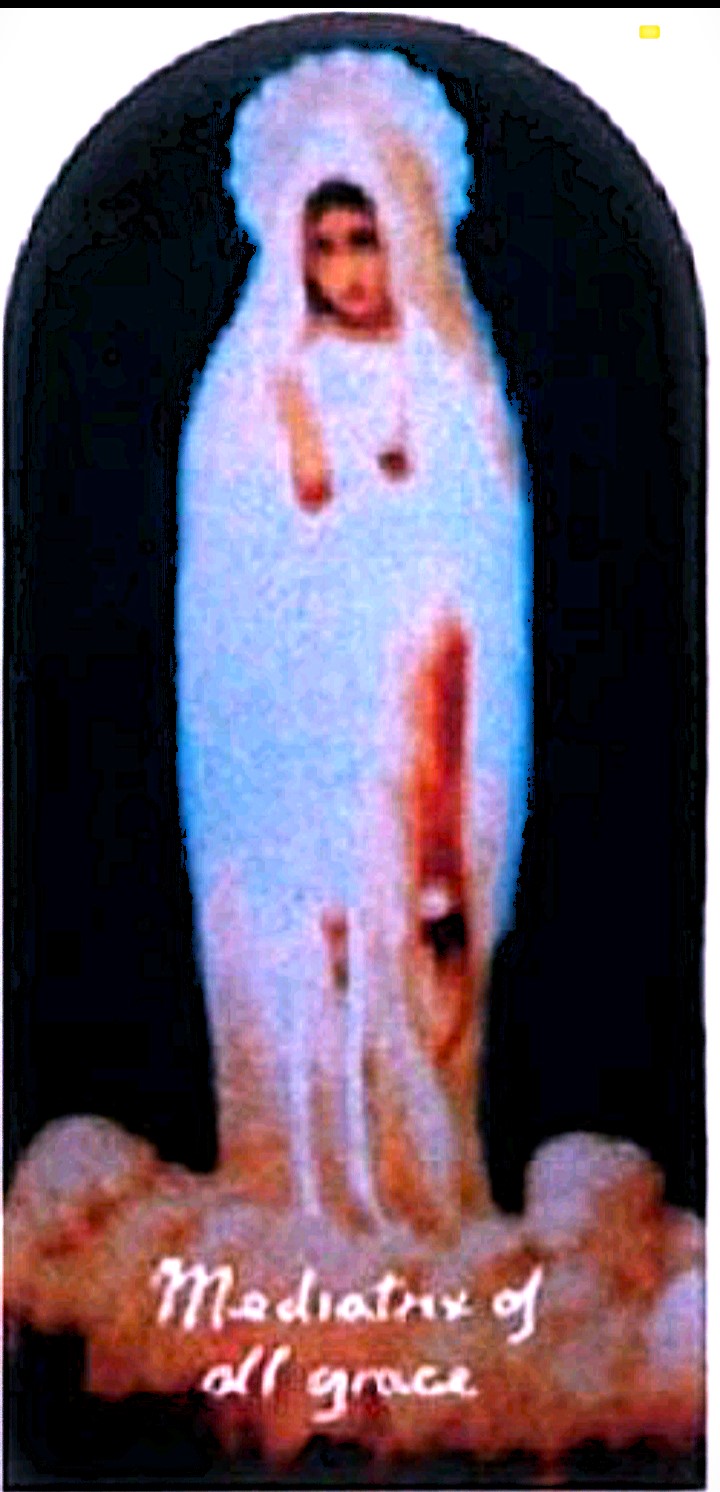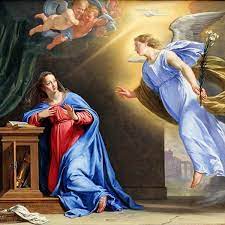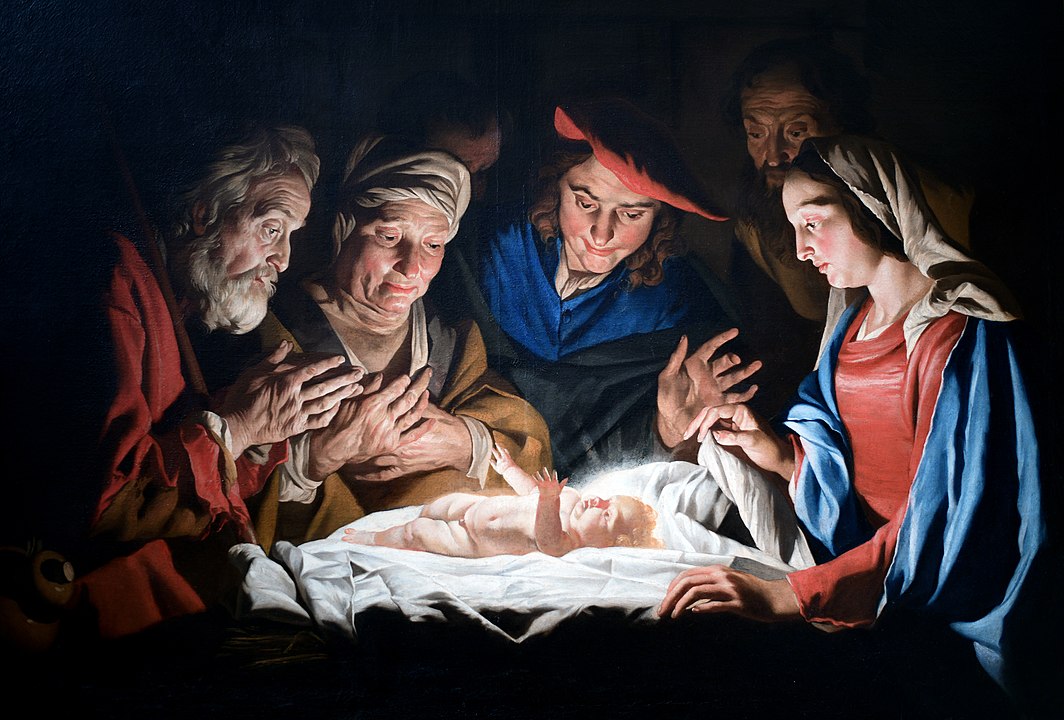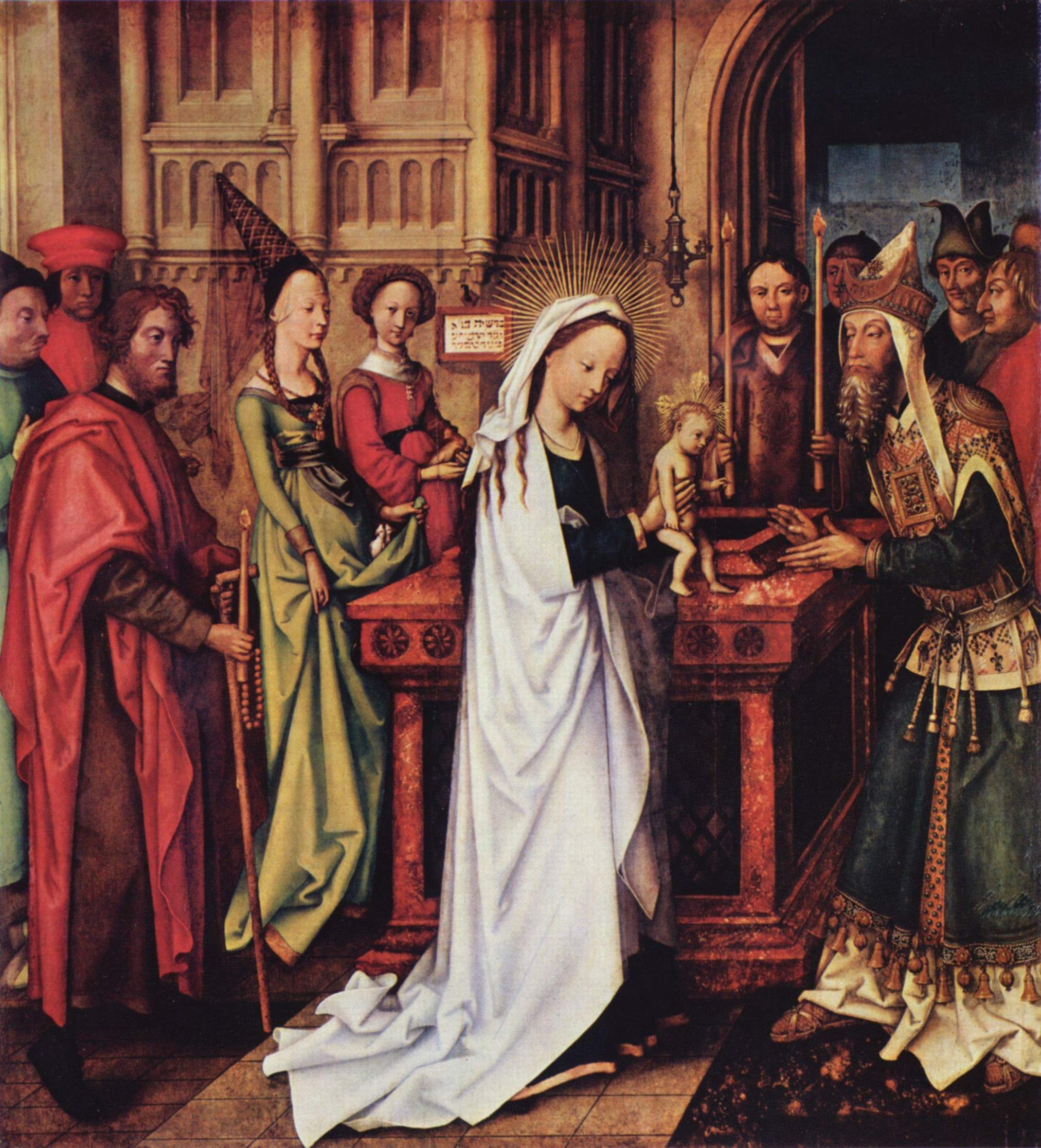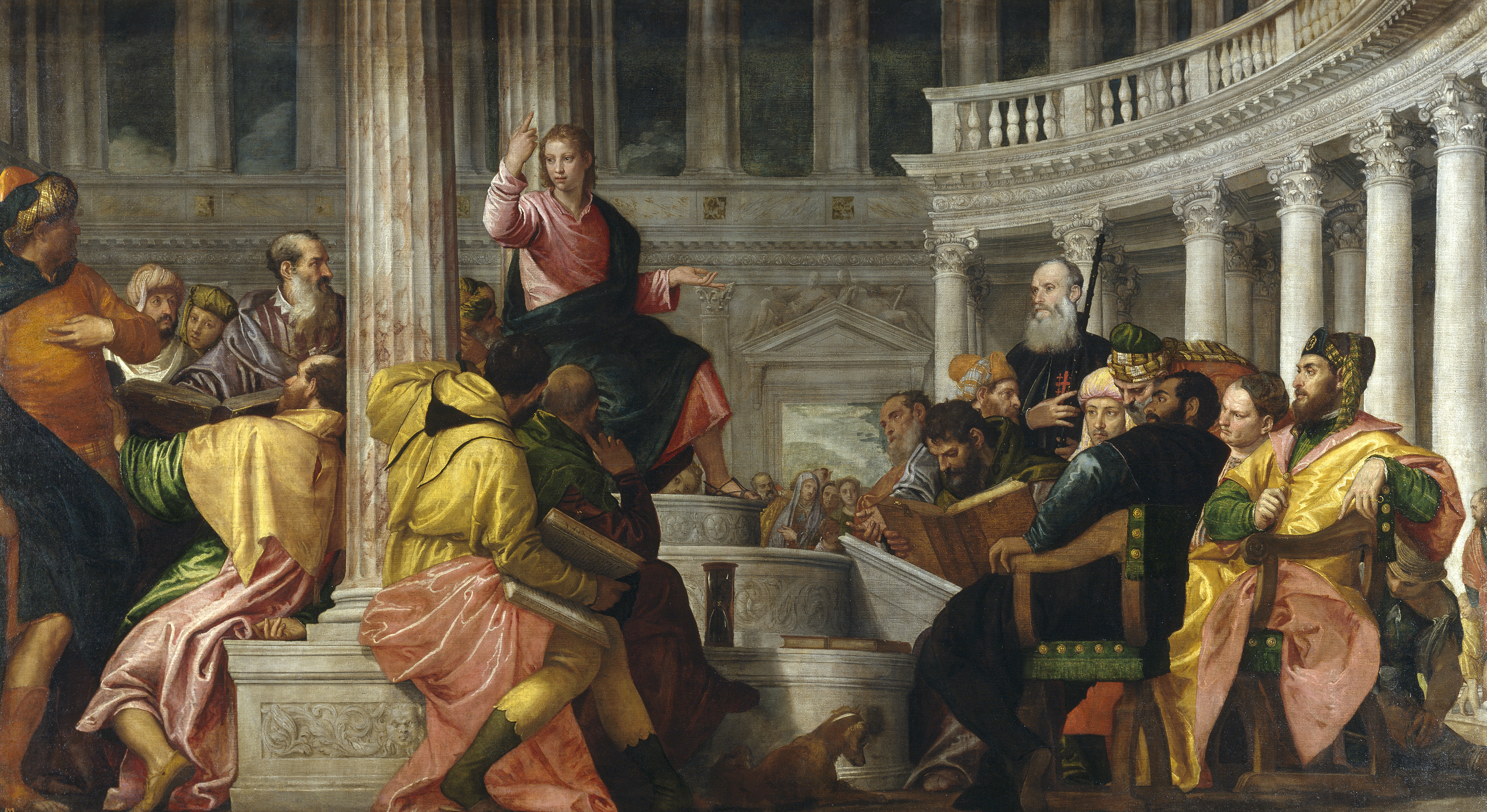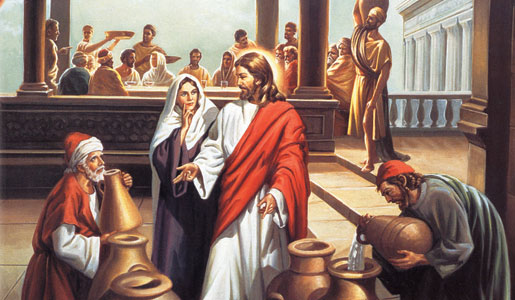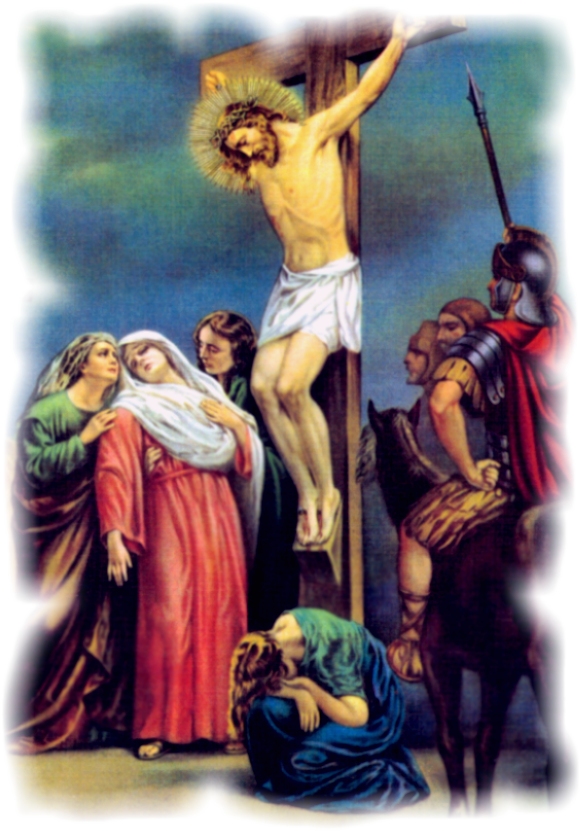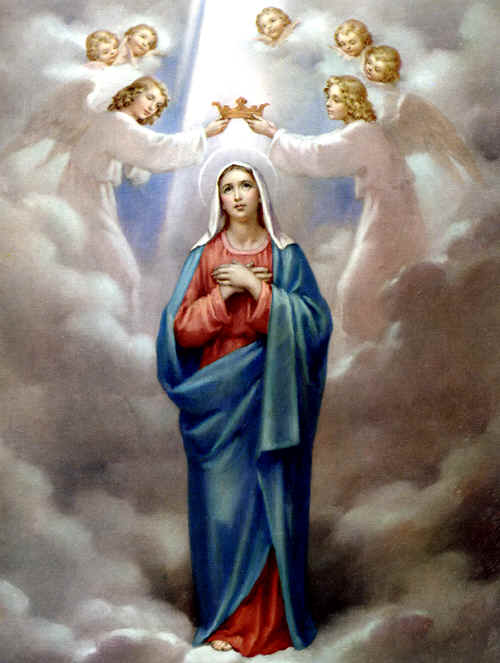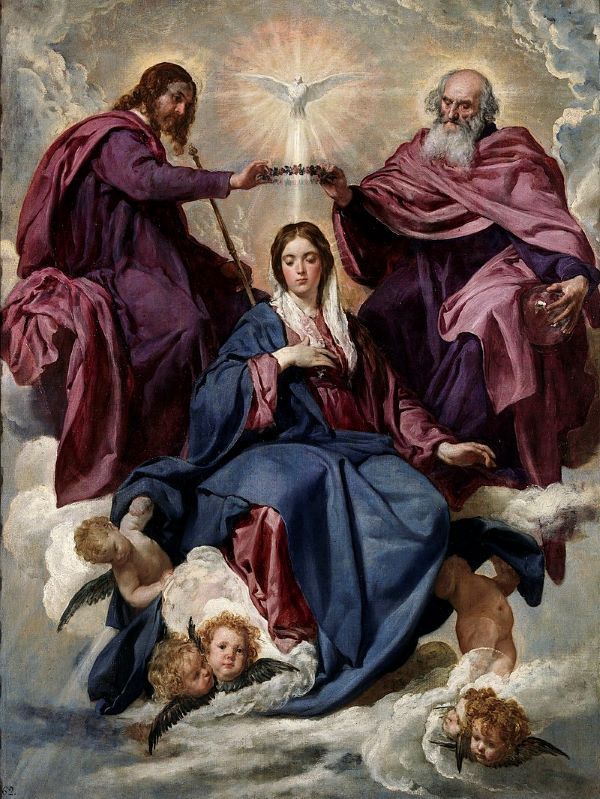The Immaculate Conception is one of the most profound and revered teachings of the Catholic Church. It proclaims that Mary, the Mother of God, was conceived without original sin, a singular privilege granted by God in preparation for her role as the Mother of Jesus Christ. This dogma reflects Mary's unique holiness and her place in God's plan for salvation.
The Immaculate Conception Mary's Sinless Beginning
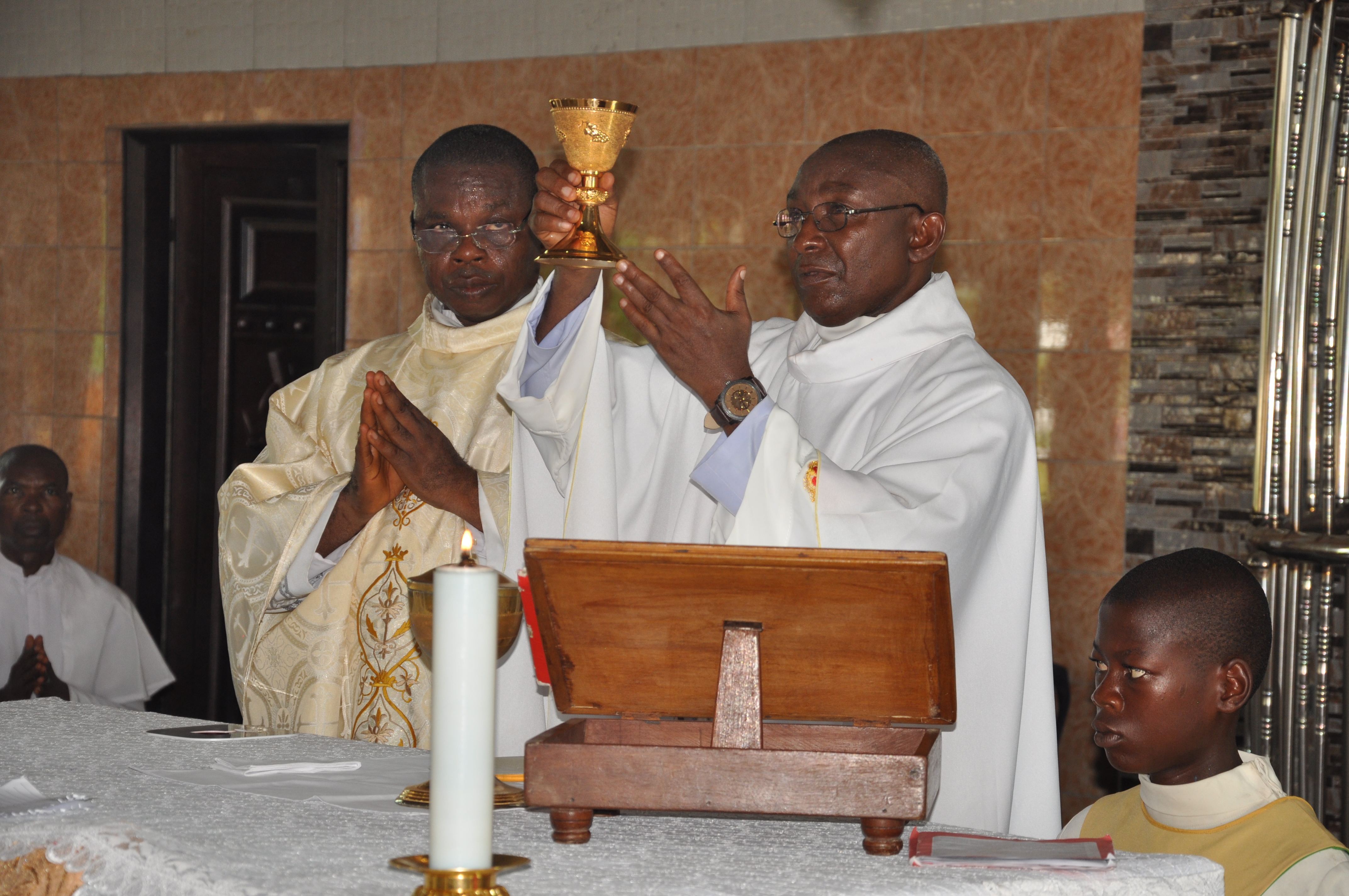
Scriptural Foundation
While the term Immaculate Conception does not explicitly appear in the Bible, its roots are found in Scripture:
- Genesis 3:15: God promises a Savior and speaks of enmity between the serpent and the woman:
I will put enmity between you and the woman, and between your offspring and hers
This woman is often understood to be Mary, free from the serpent's power of sin. -
Luke 1:28: The angel Garbiel greets Mary:
Hail, full of grace, the Lord is with you
The phrase "full of grace" signifies Mary's special sancity from the very beginning of the life.
Theological Significance
The Immaculate Conception ensures that Mary was a pure and worthy vessel to bear the Son of God. Unlike the rest of humanity, who inherit original sin from Adam and Eve, Mary was preserved from this stain through the grace of God, in anticipation of the redemptive work of Jesus Christ.
Proclamation of the Dogma
The Immaculate Conception was formally defined as a dogma by Pope Pius IX on December 8, 1854, in the papal bull Ineffabilis Deus. The decree states:
The most Blessed Virgin Mary, in the first instance of her conception, by a singular grace and privilege granted by Almighty God, in view of the merits of Jesus Christ, the Savior of the human race, was preserved free from all stain of original sin.
Symbols of the Immaculate Conception
- Lily: Symbol of purity
- Blue Mantle: Represents Mary's Heaven
- Stars: Often depicted as a crown, symbolizing her queenship and holiness.
Feast Day
The Feast of the Immaculate Conception is celebrated annually on December 8. It is a holy day of obligation in many parts of the world, honoring Mary's sinless beginning and her role in salvation history.
Reflection
Mary's Immaculate Conception teaches us the beauty of purity and God's plan for each of us. Just as Mary was prepared for her mission, God also calls us to holiness and equips us with grace to fulfill His purpose in our lives.
Prayer to the Immaculate Conception
O Mary, conceived without sin, pray for us who have recourse to thee. Heavenly Father, through the Immaculate Conception of the Blessed Virgin Mary, You prepared her to be the Mother of Your Son. Help us to live in purity and grace, so that we may one day share in Your glory. Amen.
